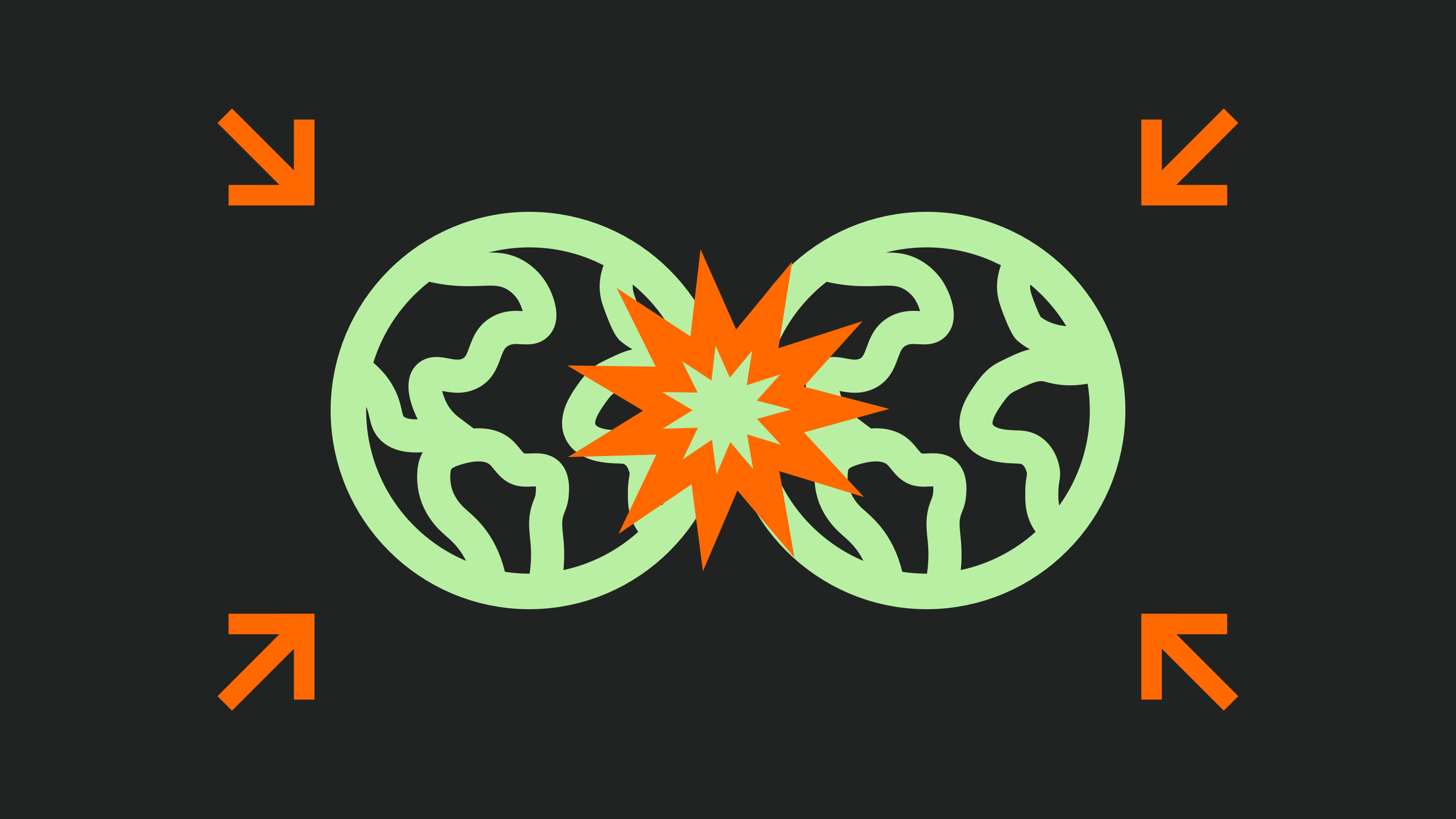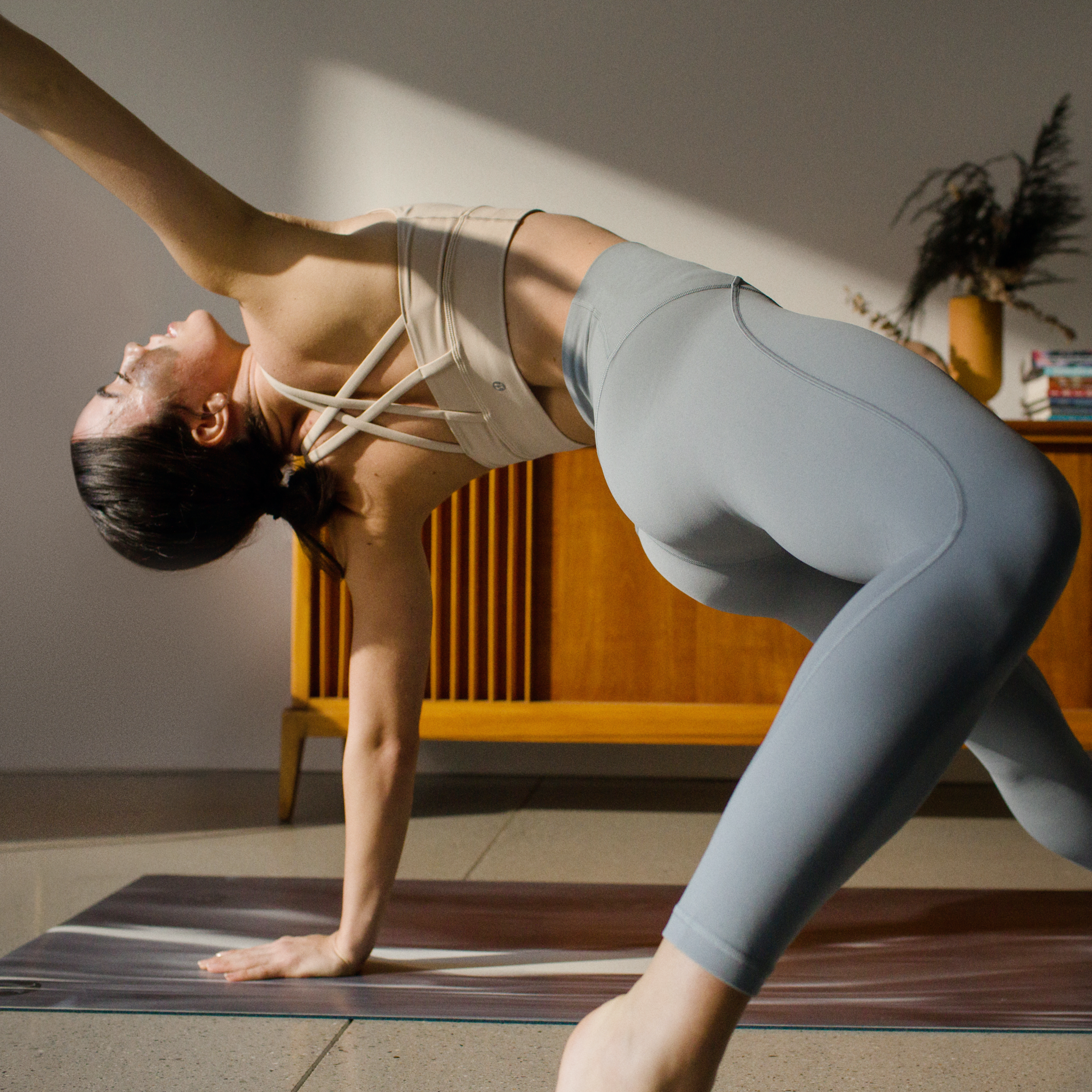The yin to your yang. The peanut butter to your jelly. The Kanye to your Adidas. Brand partnerships should feel like that. Think: the unlikely-yet-sweet match of Bieber + Tim Hortons. lululemon tackling grace and endurance in a new capacity with The Royal Ballet of London. Or the collaboration of our dreams between our friends at Recess Pickleball and Outdoor Voices.
Whether you’re a new brand just gaining traction, or a brand that’s been around a while, launching a successful brand partnership is no small feat. Partnerships can feel like a risk on both ends. How do we make sure the result is more fantastic than flop?
We tapped two veterans of brand matchmaking—Braden Hoeppner, SVP of Marketing at Herschel, and Cooper Gill, Creative Director at Arc’teryx—to share their lessons on what makes a good brand partnership. It’s no surprise that we found common threads in their respective recipes to success.
Here’s what we learned:
1. Know yourself
Braden Hoeppner, Herschel Supply: “When we select partners, it’s always about trying to figure out where the overlap is in our brand DNA. At Herschel, we often describe ourselves as being classic, but with a modern twist—so the same thing goes for all the partnerships.
“Star Wars is a great example of a super classic brand that is very relevant today, and still has a huge fanbase. With them, it was all about making the best of both worlds. We weren’t just slapping Star Wars logos on our bags and sending them out there. We were really invited in by the Star Wars team to take a deep dive into their design ethos, and then to put our own spin on it.
“You didn’t have to be a Star Wars fan to love the bag. But if you were a Star Wars fan, there were lots of little easter eggs in those products for you. It just comes down to us being very thoughtful about details and being design-driven in how we approach it.”
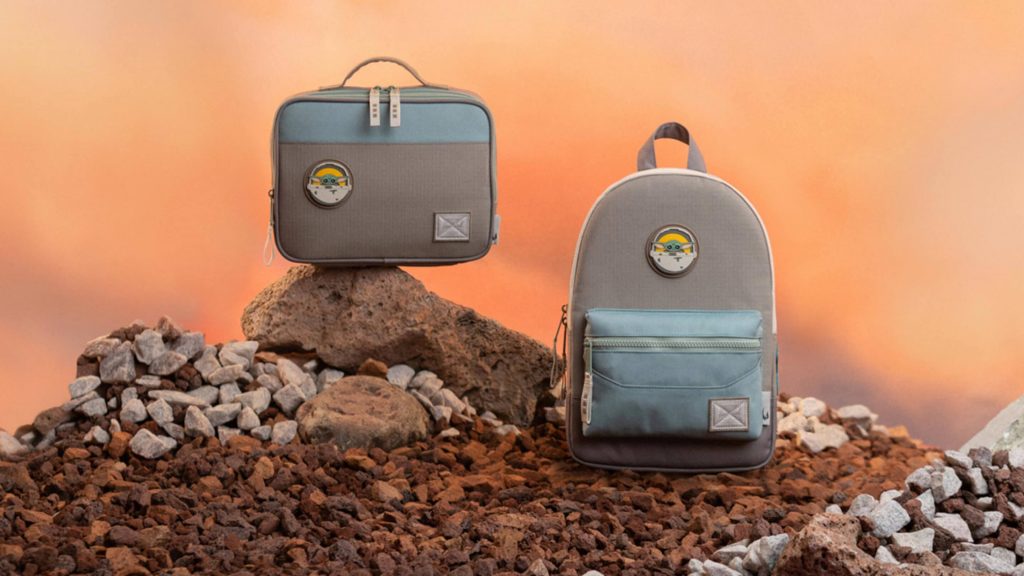
2. Be authentic
Cooper Gill, Arc’teryx: “Our filter is always ‘forward-thinking authenticity’—where that authenticity creates deeper connections between brands and audiences. Our collaboration with Jil Sander was so authentic because their design process is similar to ours. Is our customer base and end-user the same? No, but their ethos and design integrity speak to both audiences in the same way.
“The same goes for our collaboration with Palace, a skateboard brand out of London. That was about finding the commonality between our individual audiences in their personality types: rock climbers for Arc’teryx and skateboarders for Palace. The people who like to live in a van in Squamish, BC, are the same ones who only want to skateboard. That same genealogy and sense of community are there. It’s very organic and real.”
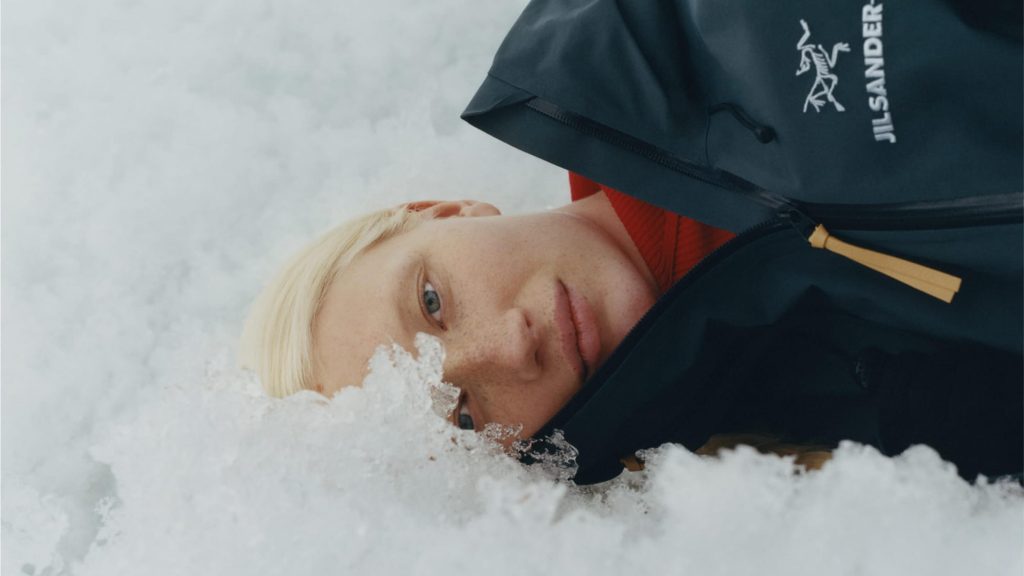
3. Make it personal
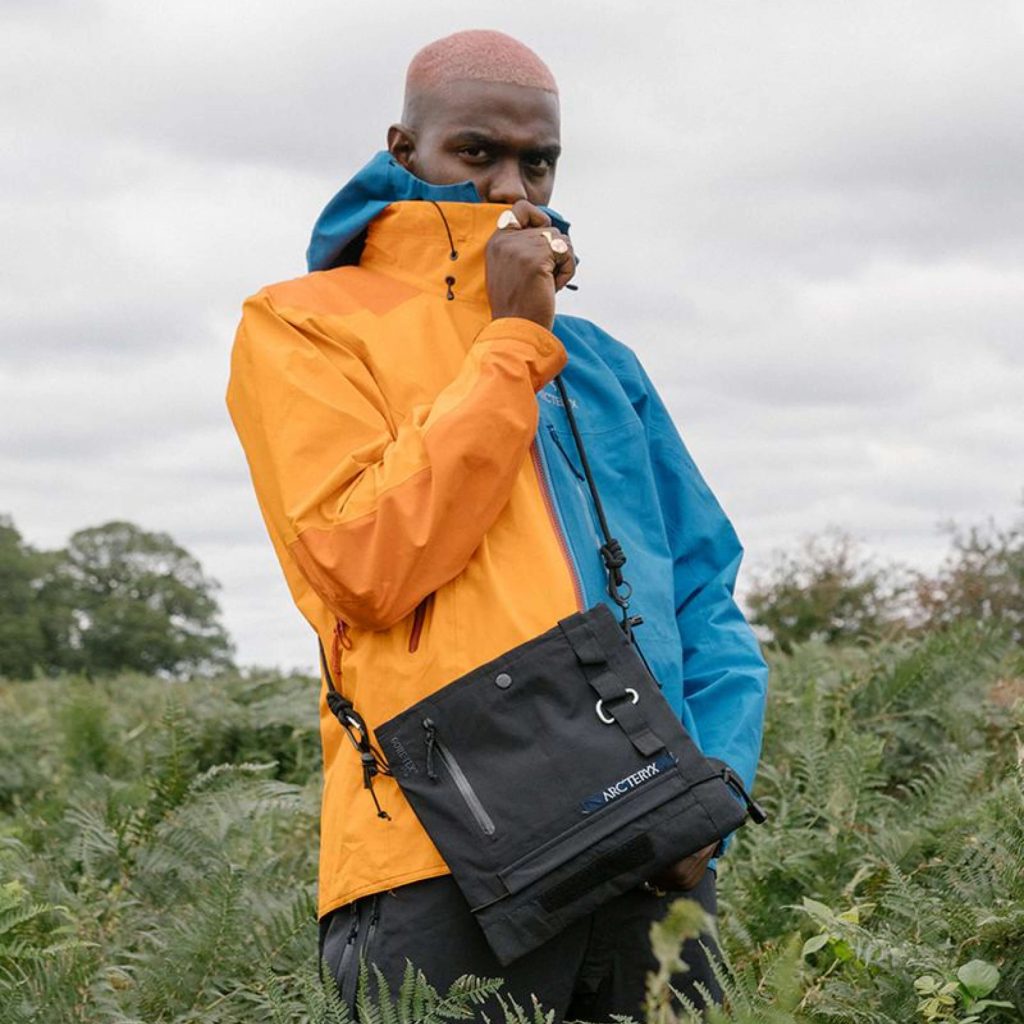
Cooper: “We did a project last year called The Artist Series. All the money generated from the collaboration went on to positively impact organizations that the artists were passionate about. Since it was an art project, it didn’t have to be commercialized. It felt higher energy—less meetings, more talking, and getting facetime from the studio. The turnout from the community was a great melting pot of brand fans and the artists’ fans. And it generated funds for causes that were relevant to those communities.”
Braden: “My personal favourite collaboration we’ve done is with Hot Wheels. We were actually able to make a Hot Wheels toy car in collaboration with Land Rover Defender. It was in celebration of our 10-year anniversary as a brand, so we were able to incorporate that into the design. It was telling a cool little story: here you see us partnering up with a brand that is classic and has that heritage.”
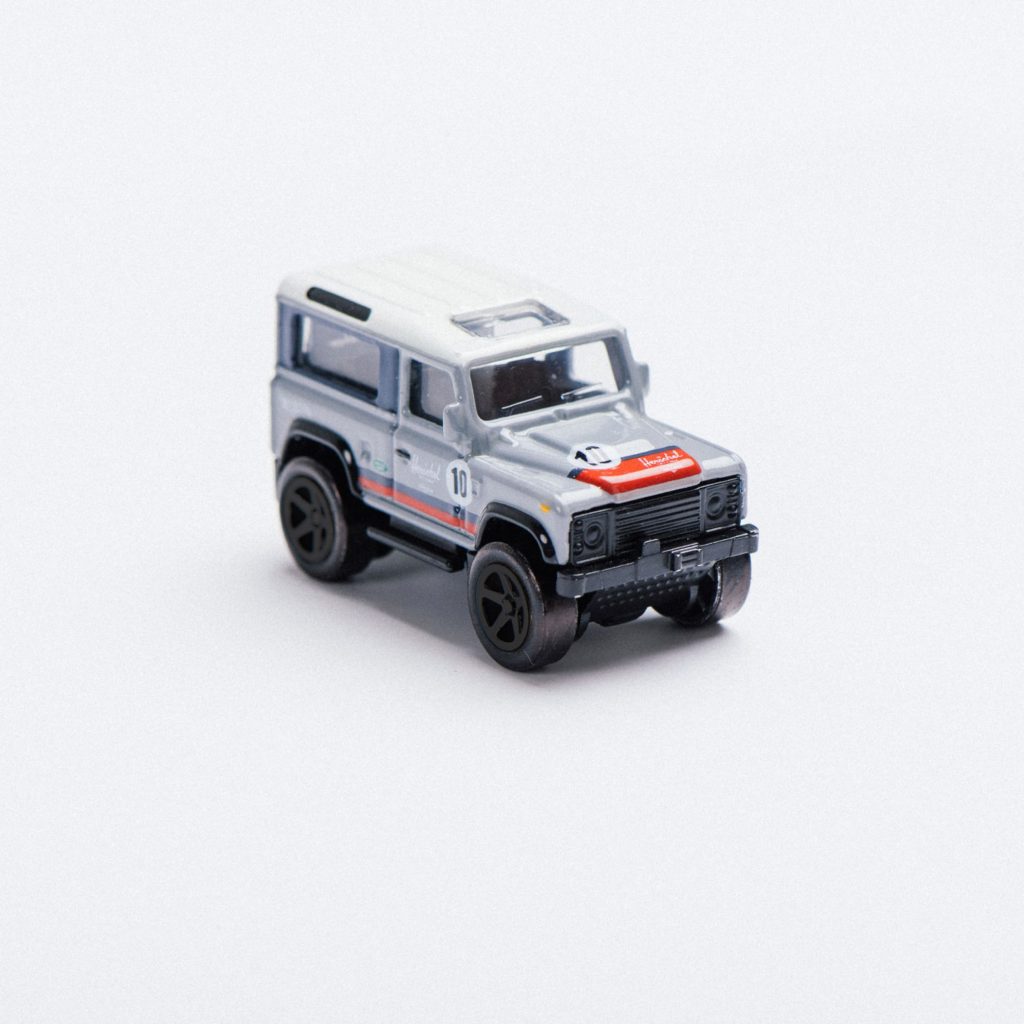
4. Fully commit
Braden: “Both sides need to come to the table with a willingness to work together to find the right path forward. It’s about being honest and transparent and working through the challenges. Projects can be quite time consuming and laborious to get across the finish line. But when both teams are in it to deliver the best experience for the consumer, then one plus one hopefully equals three.”
Cooper: “The authenticity piece is important, but there also needs to be a values alignment. In our case, that means from a sustainability point of view, from an ethical workplace point of view, and from what we consider success to be at the end of it—if it’s about furthering the conversation in what design can achieve, and if diverse groups of people can inspire each other because of it. It all comes back to values.”
5. Have a clear goal in mind
Braden: “It’s always a matter of reaching new audience groups. Hopefully for both sides of the collaboration, there’s a moment of re-energizing, or a new take. Hopefully you’re both reaching each other’s customers in a way that is interesting and expanding for both businesses. I think cultural relevance matters.
“When collaborating with brands, you’re tapping into their cultural equity. And again, it goes both ways. We’re in a time where the press responds strongly to collaborations of fashion brands. There’s newsworthiness that comes with collaborations that people are interested in.”
Cooper: “The goal is to create something your respective audiences would have never thought of before and now they will. When I see things organically show up in other places, or when I get DMs from random people asking: ‘How do I tie-dye my own jacket?’—then we’re onto something. You have to inspire people with what you’re doing. We want someone who’s never skied before to look at our Jil Sander collection and want to go skiing for the first time.”
6. Find the intersection of people and product
Cooper: “It’s about considering both audiences. What pieces are the most wearable? What pieces have the most credibility—in a street sense or an outdoor sense? What are the low hangers here that we should base our collaboration on? And to the point of authenticity, all of our clothing pieces have a system in place where you have your base layer that moves, you have your insulation layer that keeps you warm, and then you have your outer hard shell that keeps you dry and lets everything breathe out. So we always maintain that hierarchy.”

Braden: “It comes down to who we’re targeting, and what products we have in our arsenal, and what products the partner might be interested in. We’re pretty open-handed. We like to throw the barriers wide open in the beginning and see what ideation can come from it. And then, it’s a process of elimination and refinement as we go down the path.”
Our quick take: Co-branding opens up so much potential for creativity and reach, but they only work when you already have a solid foundation. Good brand partnerships come after a solid brand strategy. Cementing yourself as a brand lets you find those surprising but perfect-fit partners, because you can always map it back to your “why.”



